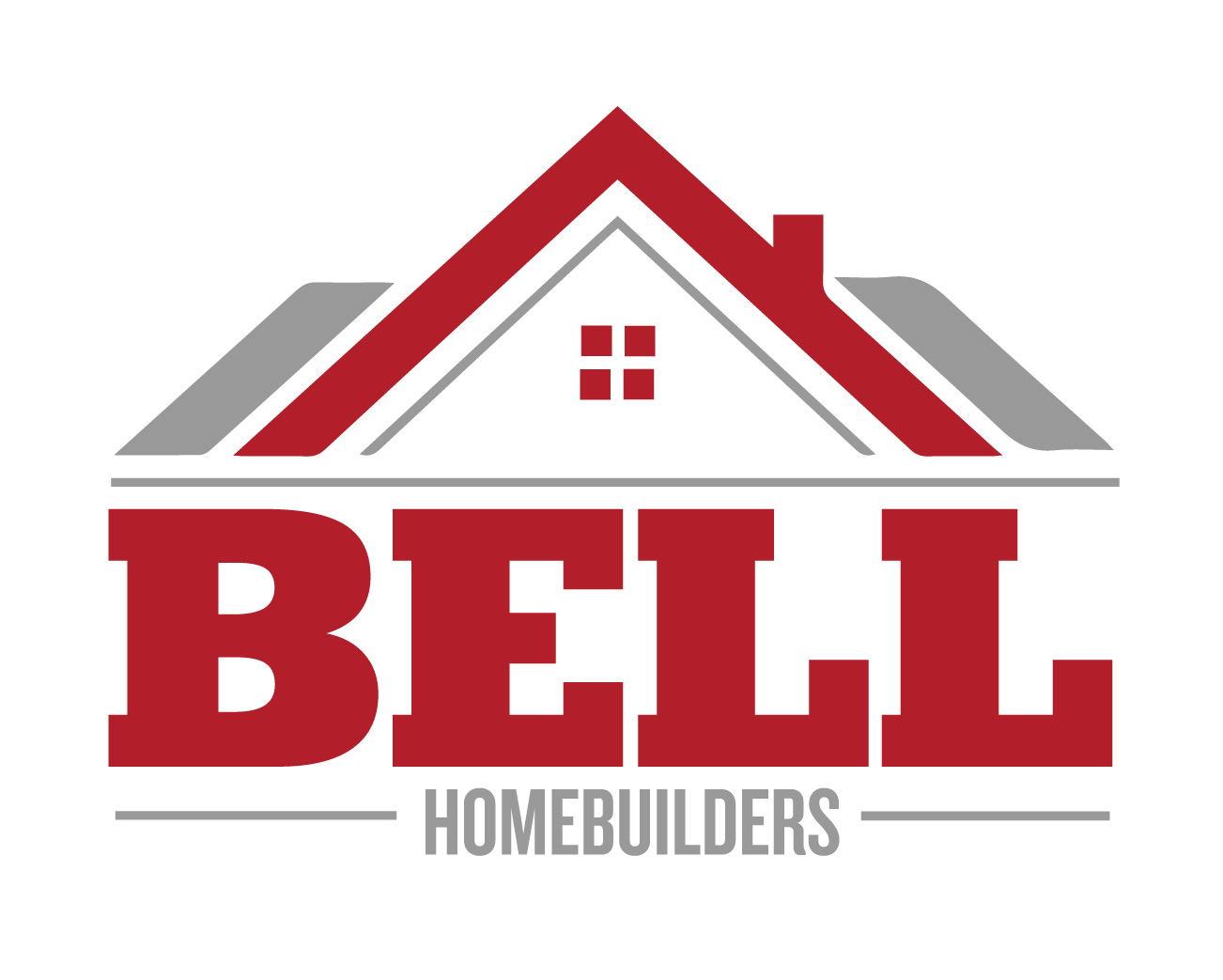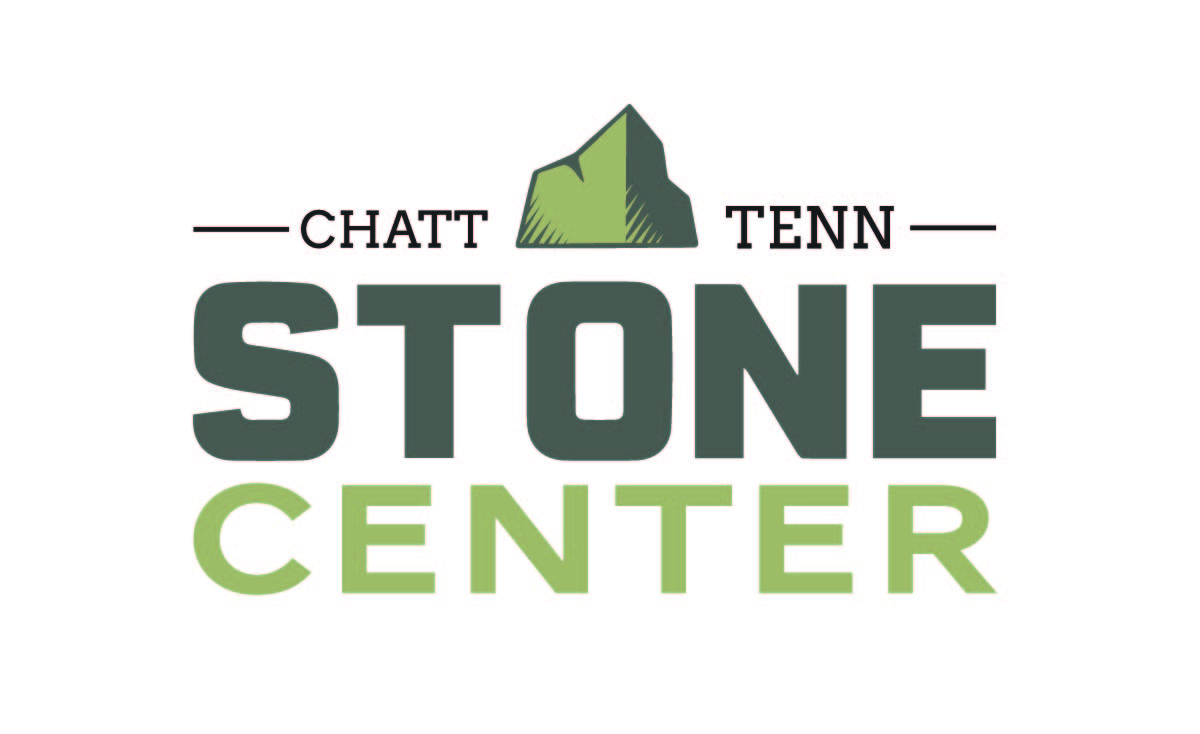
Local News and Information Archives for 2017-05
Notes from the President
Increasingly Affordable Rooftop Solar Boosts Home’s Value
Mike Croxall
President, Home Builders Association of Greater Chattanooga
Once seen as a pricey alternative for only the most committed environmentalists, rooftop solar electric systems have quickly gained popularity among value-conscious home owners in and around Greater Chattanooga. Today, 1.3 million homes and businesses have solar systems, according to the Solar Energy Industries Association, and in 2016, solar was the top source new electric generating capacity in the United States.
The cost of solar panel systems has decreased dramatically – more than 60% in a decade. Federal and state incentives, along with Energy-Efficient Mortgages (EEMs) – which factor in lower energy costs when calculating how much a buyer qualifies to borrow – have helped home owners see the value of investing in this renewable technology.
As more and more home buyers are looking for both new and existing homes that offer solar power systems, home appraisers are incorporating the value of a home’s green features – including solar power systems – into their appraisals. That means that installing solar panels now will not only help you save on your electric bill, it may make your home more valuable when you are ready to sell. And, if you don’t like the look of traditional solar arrays, you can now buy solar-powered rooftop shingles that blend seamlessly into your existing roof.
If you’re considering installing solar panels on your home, here are a few things to keep in mind:
· Calculate how much energy your household uses now – and will use in the future.
Before installing solar panels, you need to know your household’s energy usage now and figure out how that will change in the future. A young family can expect their usage to increase as the family grows, while families with older children may see their consumption decrease as their kids leave home. Talk to your solar installer about these changes so that they can determine the system that’s right for you.
· You will still receive a bill from your power company.
Although your solar panels produce energy for your house, you are still using the electric grid for some of your electricity and will receive a monthly electric bill. Check with your local power company to learn how they will calculate your bill. Some electric companies allow solar customers to sell any unused excess solar power to the grid for a credit on their monthly bill.
· Check out the incentives in the Chattanooga area.
A database of solar energy incentives such as tax credits and grant programs is available at www.dsireusa.org. Enter your zip code to see a list of incentives that may make rooftop solar even more affordable.
· Protect your solar power investment.
Before your solar panels are installed, learn about the different types of warranty coverage offered by both the panel manufacturer and the panel installer. Manufacturers typically offer 20- or 25-year warranties, while solar installers offer shorter warranties for their work. It’s important to understand who is responsible for the various components of the system.
After the system is installed, you’ll want to protect this major home investment, too. Talk to your home insurance provider about adjusting your property insurance to ensure the panels are covered from any damage caused by fire, storms, etc.
For more information on installing solar panels in Chattanooga and surrounding counties, visit the Home Builders Association of Greater Chattanooga at HBAGC.net.
Notes from the President
Much to Celebrate About Home Remodeling
By Mike Croxall
President, Home Builders Association of Greater Chattanooga
People remodel their homes for many different reasons, with an eye toward their own enjoyment and the eventual resale value. Some want to give new life to a house with an out-of-date floor plan. Baby boomers who want to stay in their homes as they age — as well as younger home owners who are looking ahead — want to enhance accessibility. And, many home owners want to add sustainable home features that also save money on utility bills.
As the home building and remodeling industry celebrates National Home Remodeling Month in May, one this is clear — home owners are taking their wish lists to professional remodelers to make them happen.
Open up to new spaciousness
Open floor plans remain as popular as ever, and more and more home owners are choosing to take out an interior wall or two to make the space feel larger and more connected.
Remove a wall between the kitchen and a formal dining room and the newly opened space can breathe new life into the entire floor. Natural light enters from more directions and family members working in the kitchen or eating at the counter can interact with others watching television or doing homework. Entertaining takes on a new ease, as friends can gather and move about more freely in the space.
Design for aging in place
Enhancing your home to better accommodate aging in place can also be an upgrade in style, ease of use, and comfort for everyone.
A bathroom upgrade where luxury meets universal design might include a large walk-in shower with zero-threshold, a built-in teak bench or tile corner seat, and multiple shower heads, including a waist-high sprayer.
A new kitchen island may add an eye-catching look and adaptive conveniences with multi-level countertops of an easy to maintain, durable and attractive material such as engineered quartz, a deep drawer for dishes and another for the microwave, and a sink with hands-free faucet.
Going green
Remodeling your home can not only fulfill your family’s dream of a more comfortable and stylish home, but depending on the upgrades you choose, you can also realize savings on utility costs, improve air quality for better health and strengthen the long-term value of your home.
Some of the top upgrades that can make a home more energy efficient include putting in high-efficiency windows and low-flow water fixtures, replacing appliances and water heaters with ENERGY STAR®-rated models, increasing or upgrading the quality of insulation, and installing a high-efficiency HVAC system that is appropriately sized for the area that is to be heated or cooled.
To learn more about remodeling or to find a remodeler in your area, visit the Home Builders Association of Greater Chattanooga at HBAGC.net.
Notes from the President
Multigenerational Households Continue Strong Growth
By Mike Croxall
President, Home Builders Association of Greater Chattanooga
After increasing dramatically during the Great Recession, the formation of multigenerational households shows no signs of slowing down. In fact, a record 60.6 million people lived in multigenerational homes in 2014, according to a Pew Institute analysis of census data.
This means that nearly 20 percent of the U.S. population lives in households consisting of two or more adult generations. There are many reasons for this trend, reflecting both economic realities and cultural preferences.
The recession caused many adult children to return home after college, either because they weren’t able to get jobs that would cover rent, or they wanted to save up to buy homes of their own. Significantly, living with parents was the most popular housing option for adults ages 18 to 34 in 2014, according to the Pew Institute.
For many ethnic and immigrant groups, multiple generations of a family living together is a common cultural custom. The country’s growing Asian and Hispanic populations helps contribute to the formation of multigenerational households, too.
However, Pew research shows that multigenerational households are increasing in popularity with nearly all racial groups, as well as all age groups and with both men and women.
Multigenerational households also form so that grandparents can help take care of their grandchildren, and as they age, their children can care for them. This type of arrangement can ease financial burdens as well, with several generations contributing to the mortgage payment and not having to incur the expenses of childcare, retirement housing or professional care-giving environments.
Home builders and remodelers in the Chattanooga area are building and renovating homes to meet the needs of multigenerational households. These designs allow many generations of the same family to live together under one roof yet have private areas as well as combined living space.
Features of multigenerational home plans can include in-law suites within the main home with separate areas for independent living. These often have kitchenettes and en suite bathrooms, and sometimes private entrances from the street. They frequently include "universal design" features and products, which focus on maximum usability by people of all ages and abilities. Examples include wider hallways, walk-in showers, smooth flooring transitions, and cabinets with pull-out drawers.
Building professionals who have earned the National Association of Home Builders’ Certified Aging-in-Place Specialist (CAPS) designation have received training on how to build or renovate a home so that the occupants can live in the home safely, independently and comfortably, regardless of their age or mobility level. They have been taught the strategies and techniques for designing and building aesthetically pleasing, barrier-free living environments. While most CAPS professionals are remodelers, an increasing number are general contractors, designers, architects, and health care professionals.
To learn more about multigenerational home plans or to find a Certified Aging-in-Place Specialist in Chattanooga and surrounding areas visit Home Builders Association of Greater Chattanooga at HBAGC.net or go to nahb.org/capsdirectory.
Archives:
2024-03 | 2024-02 | 2024-01 | 2023-12 | 2023-11 | 2023-10 | 2023-09 | 2023-08 | 2023-07 | 2023-06 | 2023-05 | 2023-04 | 2023-03 | 2023-02 | 2023-01 | 2022-12 | 2022-11 | 2022-10 | 2022-08 | 2022-07 | 2022-06 | 2021-09 | 2021-08 | 2021-07 | 2021-06 | 2021-05 | 2021-04 | 2021-03 | 2021-02 | 2021-01 | 2018-02 | 2018-01 | 2017-12 | 2017-11 | 2017-10 | 2017-07 | 2017-06 | 2017-05 | 2017-04 | 2017-03 | 2017-02 | 2016-10 | 2016-09 | 2016-06 | 2016-05 | 2016-04 | 2016-03 | 2016-02 | 2015-03





